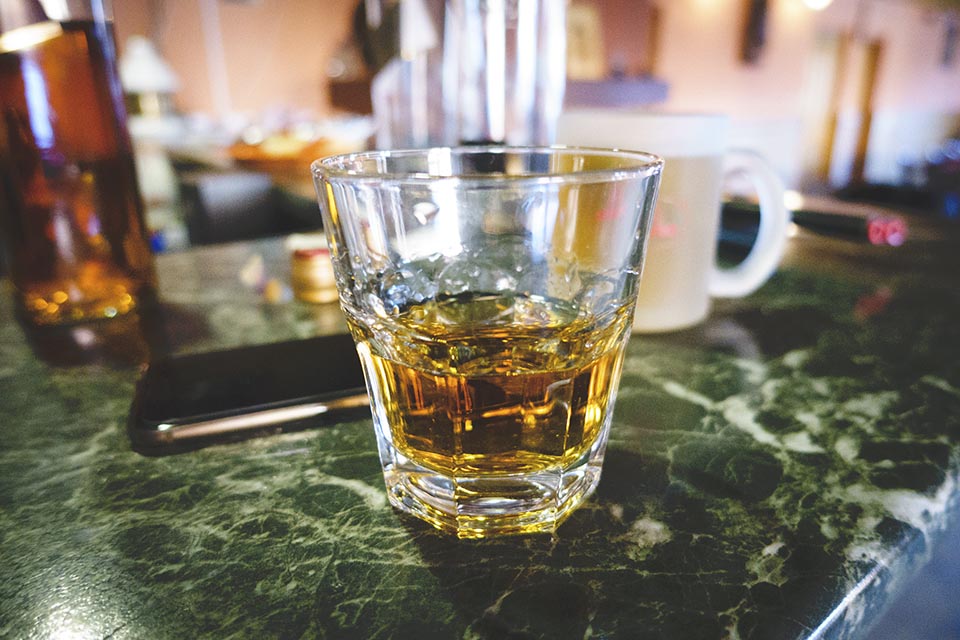Nuclear fallout is being used to test whether a whisky is actually rare or not
Radioactive tests can tell if you've been given a dodgy dram.


When it comes to vintage whisky, you aren't really paying for the matured taste but for how rare it is. You may well actually get a better dram out of a 20-year-old bottle but that's not the point: what you are paying for is the fact that there are hardly any bottles of your particular drop around.
Because of the high prices rare whisky goes for, there's a decent counterfeit trade preying on unsuspecting whisky buyers, passing off younger whisky as being mature than it is.
Some scientists may have come up with a solution, however, and is all to do with Nuclear Fallout. In a Cambridge University Press paper, it is revealed that because of nuclear bomb tests in the '50s and '60s, it is possible to test a whisky's age and determine if it is of a legitimate vintage.
The team at the Scottish Universities Environmental Research Centre researched 221 whisky samples (it's a tough life) distilled between 1950 and 2015 and by looking for the radioactive isotope carbon-14, they could tell the vintage of the whisky.
Because the levels of isotope carbon-14 differ every year, this helped the scientists create a 'whisky curve' where they could determine the age of the whisky within 1-3 years of its being bottled.
The kicker is, out of 100 bottles tested, over 40% were deemed fake - as in they weren't as old as was originally stated.
Testing whisky through nuclear fallout isn't a new idea - scientists have been looking into it since 2009, but this is one of the biggest studies of its kind and given Scotland exports 41 bottles of whisky a second, it's a major export for the country so making sure the date of the whisky is correct is essential.
Get exclusive shortlists, celebrity interviews and the best deals on the products you care about, straight to your inbox.
We just feel for the poor people who bought what it thought was a 1863 bottle of Talisker, only for these studies proving that it was actually distilled in 2005.
- That's going to leave a funny taste in your mouth, unlike those in this best whiskey guide.
Via CNN (image credit: Raw Pixel)

As Content Director of Shortlist, Marc likes nothing more than to compile endless lists of an evening by candlelight. He started out life as a movie writer for numerous (now defunct) magazines and soon found himself online - editing a gaggle of gadget sites, including TechRadar, Digital Camera World and Tom's Guide UK. At Shortlist you'll find him mostly writing about movies and tech, so no change there then.